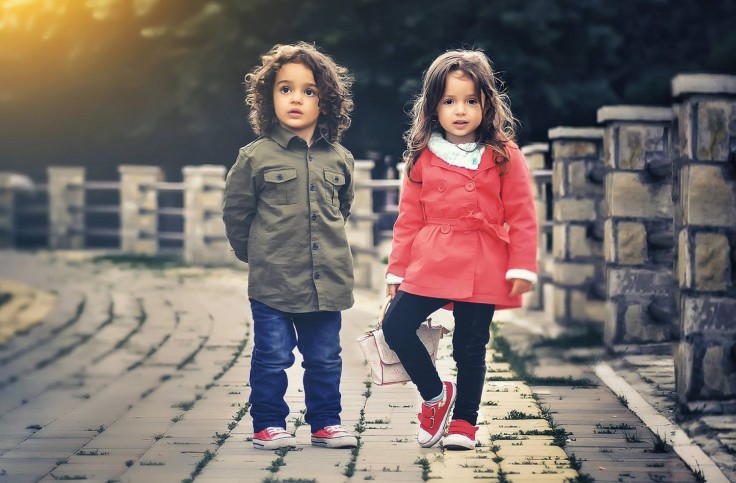
Some 10.5 million tons of clothing ends up in landfills in the U.S. every year yet few consider the impact of all the items on the environment. Producing textiles requires a significant amount of energy, chemicals, water, and other natural resources which means a lot of those clothes are not only going to waste, but during the decomposition process, they generate greenhouse gasses and leach toxic dyes and chemicals into the soil and groundwater.
When children have more clothing than they need, it also means endless laundry and often disorganization. Kids also feel overwhelmed as it's more difficult to decide what to wear, which can easily lead to tempers flaring due to an inability to get dressed on time. If you look in your child's closet, odds are it's filled with many items that are rarely if ever worn which means it's probably time to consider how many outfits do young kids really need? When you carefully consider what you buy for your kids, including clothing, it provides the opportunity to teach them how to be conscious consumers.
There is no one magic number of outfits a young child should have, but a good goal to aim for is anywhere from 12 to 15 items of everyday wear, not including socks and underwear. Perhaps a couple of pairs of pajamas, five tops, five bottoms, and maybe a dress or two for each season.
Having a minimalist wardrobe like this offers many benefits. Not only will it be less expensive to buy and maintain, you'll be simplifying that "getting dressed" routine and limiting your impact on the environment. To do so, you'll want to consider affordability, sustainability, comfort, flexibility, and of course, appearance. After all, whether we like it or not, our clothing says a lot about who we are so you'll want to think "smart," but not necessarily trendy.
Affordability
Unless money is no object, price is a concern, so you'll want to find a clothing line that offers good quality at a price range you can afford. Many clothing lines offer sales with significant discounts at the start of every season. Another great option is to check out children's clothing online. You'll even find some retailers selling high-quality, gently used clothing which means not only are they budget-friendly, but you'll be preventing those items from being tossed into a landfill.
Comfort
Comfort is a must. Not only should clothing be made of soft materials you'd want to wear yourself (100 percent cotton is great), they should be conducive for active play, like stretchy cotton. That will also make it easier for your child to put on his or her own shirts. For those who aren't past potty training, elastic waisted pants are essential.
Flexibility
In order to minimize, all tops and bottoms need to match. This can be made easier by sticking to a loose color scheme, whether it's neutrals, brights, or pastels. The color scheme might vary by season, such as brighter colors in the summer and more neutrals in the winter.
Sustainability
Buying fewer clothes means you can probably afford to buy higher quality clothes so that they can be recycled or given to someone else, living on past the short period of time your kids can wear them. Not only should they hold up to wear and tear, but it's important to consider the impact of the actual purchase. Shopping brands that produce more eco-conscious, ethical clothing with sustainable materials is a great way to limit environmental impact and the items are also likely to have a longer life.